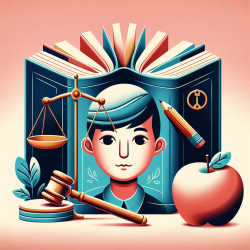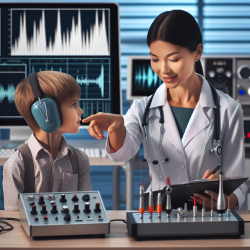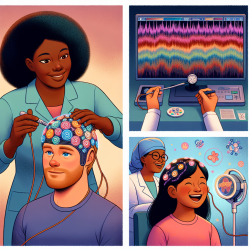Understanding Aphasia: Causes, Types, and Treatment
Aphasia is a complex communication disorder that results from damage to specific areas of the brain responsible for language. This condition affects a person's ability to express and understand language, as well as their reading and writing skills. Aphasia often occurs suddenly, typically following a stroke or head injury, but it can also develop gradually due to a brain tumor or progressive neurological disease.
Who Can Acquire Aphasia?
Aphasia can affect anyone, regardless of age, although it is more common in middle-aged and older individuals. According to the National Aphasia Association, about 1 million people in the United States currently live with aphasia, and nearly 180,000 Americans acquire it each year.
Causes of Aphasia
The primary cause of aphasia is damage to one or more of the brain's language areas, most commonly due to a stroke. A stroke occurs when a blood clot or a burst blood vessel disrupts blood flow to the brain, leading to cell death in the affected area. Other causes of brain injury that can result in aphasia include severe head trauma, brain tumors, gunshot wounds, brain infections, and progressive neurological disorders like Alzheimer's disease.
Types of Aphasia
Aphasia is broadly categorized into fluent and nonfluent types, with several subtypes within these categories:
- Wernicke’s Aphasia: This is the most common type of fluent aphasia, resulting from damage to the temporal lobe. Individuals with Wernicke’s aphasia may speak in long, nonsensical sentences and often have difficulty understanding speech.
- Broca’s Aphasia: The most common type of nonfluent aphasia, Broca’s aphasia is caused by damage to the frontal lobe. Individuals may understand speech but struggle to form sentences, often speaking in short, effortful phrases.
- Global Aphasia: This severe form of aphasia results from extensive damage to the brain's language areas, significantly impairing both speech and comprehension.
- Other types include conduction aphasia, where individuals struggle to repeat words, and anomic aphasia, where individuals have difficulty naming objects.
Diagnosis and Treatment
Aphasia is typically diagnosed by a physician following a brain injury. Diagnostic tests like MRI or CT scans help confirm the presence and location of the brain injury. If aphasia is suspected, the patient is usually referred to a speech-language pathologist for a comprehensive evaluation of their communication abilities.
Speech-language therapy is the primary treatment for aphasia, focusing on improving communication skills and teaching alternative methods of communication. Recent advancements in technology have introduced virtual speech pathologists and speech-generating applications, providing flexible therapy options for individuals with aphasia.
Family involvement is crucial in aphasia treatment, as family members can support the patient by simplifying language, maintaining a natural conversational manner, and encouraging all forms of communication. Family members are also encouraged to involve the patient in social activities and support groups to help regain confidence and social skills.
Ongoing Research
Research on aphasia is ongoing, with studies exploring new speech-language therapy methods, cognitive support activities, and drug therapies to improve recovery. Advanced imaging techniques are also being used to study language processing in the brain and recovery processes. Noninvasive brain stimulation techniques, such as TMS and tDCS, are being tested for their potential to aid language relearning.
For more information, please follow this link.










